Think back to the first time an advertisement made you cry. Or, the last advertisement that put you in a great mood for the rest of the day.
If you can readily name some examples, then you’ve certainly experienced emotional marketing first-hand.
Emotional marketing is a powerful technique separating successful brands from the average ones. Ads which have an emotional component are twice as effective as those with only fact-based content.
Countless scientific studies and surveys have also concluded that:
- Ads that elicit an above-average response from consumers generate a 23% spike in sales.
- Customers who can emotionally connect to a business are 52% more valuable than even “highly satisfied” ones.
- When customers share and emotional relationship with a brand, they’re 71% more likely to recommend them.
And finally,
- 70% of viewers that had an emotional reaction to an ad were very likely to purchase the product.
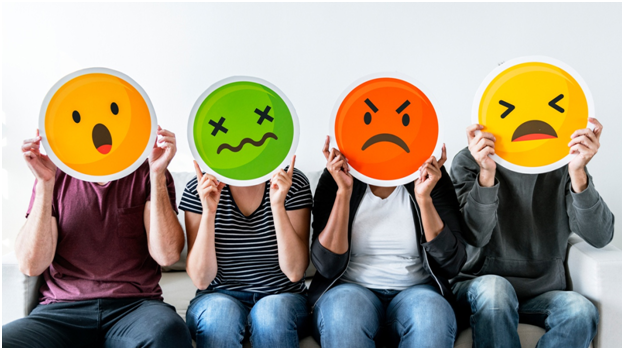
(Source: Advertising Week 360)
Categorizing Emotion
It’s true that it can be tricky when it comes to dealing with people’s emotions. But science has our backs even in this case.
Several psychological experiments have narrowed down our range of emotions into 4 core categories: happy, sad, scared or surprised, and angry or disgusted.
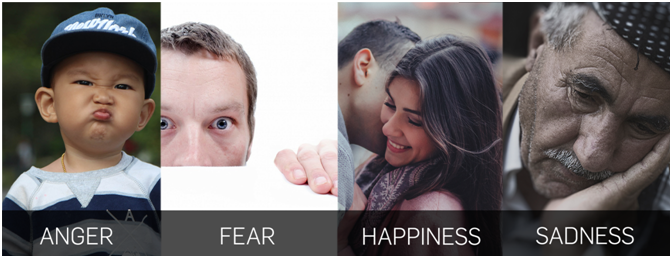
(Source: Filestage)
Interestingly, each of these emotions has been found to encourage a particular activity in people that goes a long way in helping brands grow:
- Happiness = More sharing: When we see someone happy, we tend to mirror that emotion. Positive content is shared faster on social media than most other types.
- Sadness = More empathy: Feeling sadness inspires us to help other people, often in monetary form.
- Fear = Embracing the comfortable: Although marketers typically want to avoid negative associations, eliciting fear actually leads to increased brand loyalty.
- Anger = More stubborn: Similar to happiness, anger is a strong emotion that can inspire people to share content, often leading to virality.
4 Brands that Stood Out
Many brands have tried to appeal to one (or more) of these emotions in the following ad campaigns. Let’s take a look at what worked:
- Happiness: Marks and Spencer’s
A good example of appealing to happiness is Marks & Spencer’s Christmas ad featuring the cuddly character – Paddington Bear.
The ad, in which Paddington Bear appears alongside a burglar dressed like Santa Claus, had very little product placement. Instead, the brand aimed to score high on inspiring their audiences to feel festive cheer.
The ad not only successfully evoked intense feelings of intense warmth and nostalgia, it also favoured the brand’s authenticity.
Unruly ran an Ad effectiveness testing tool which concluded that the Paddington Bear ad attracted purchase intent of 41%, while 40% of people were interested to find out more about the brand.
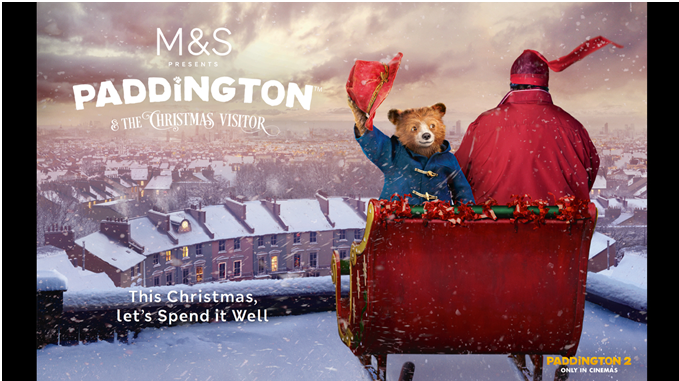
(Source: Boon Logistic)
- Sadness: Thai Life Insurance
When it comes to tear jerkers, Thai advertisers have repeatedly stolen the show. You’ll undoubtedly remember them being shared across Facebook and Instagram.
Thai Life Insurance has embraced “sadvertising” on a new level. One of their campaigns called “Unsung Hero” revolved around a young man who does selfless deeds for others without expecting anything in return. Soon, we see how his contributions make a real difference.
The video soon went viral, viewed over 17 million times in 232 countries within just a month of its launch. It also quickly became the 9th most shared video of 2014.
It’s now been viewed over 71 million times on YouTube.
Get your tissues ready before you watch this one:
- Fear: Patagonia
While most of the world fails to act to prevent climate change, the brand Patagonia made clear one thing: at the very least, we care about ourselves.
As a part of their campaign, they posted pictures of children who’re ‘facing extinction’.
They amplified the urgent need for us to act on climate change now, by playing on a very human fear: our next generation will end up on the endangered species list.
Naturally, the ads caused a strong emotional reaction in those who saw it.
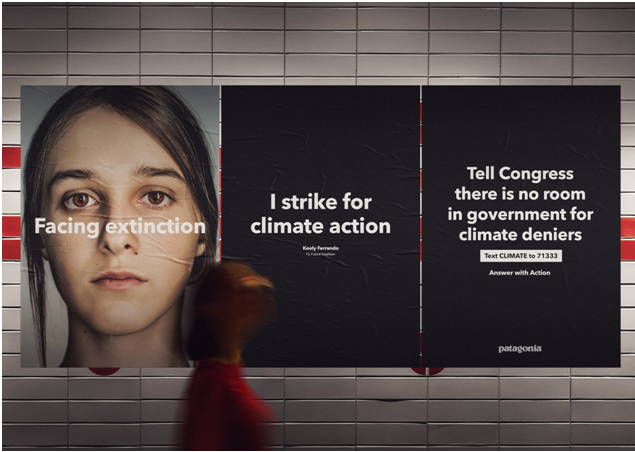
(Source: Nativve)
- Anger: VOGUE India
Even though it’s considered to be a negative emotion, content that elicits anger in the viewer is proved to be 38% more likely to go viral.
However, this category is the one most likely to miss the mark, if the execution is offensive. Brands must be careful before releasing an ad to appeal to people’s anger.
An example of an ad that struck a chord was the “Start with the Boys” campaign by VOGUE India. To tackle the serious issue of domestic violence, it depicted boys in different scenarios of their life being berated to “not cry like a girl”.
Watch this video again and notice if you start feeling angry by the end of the ad.
It’s Time to Get Emotional
During a time as tumultuous as the year that’s gone by and even the current times, customers are seeking out trusted brands that inspire their emotional loyalty.
Adopting a marketing approach that appeals to this changing value system will result in brands enjoying more profits, attracting future customers and increased brand engagement.
So, before planning your next ad campaign, we hope you’ll keep in mind some of the universal emotions mentioned in this blog.
For the maximum likelihood of reaching your target audience, partner with us at HT Media. Our digital, radio and print properties are accessed by over 250 million Indians. Find out more here.
Ready to take your brand to the next level? Connect with us today to explore how HT Media can amplify your presence across our diverse portfolio of 25+ brands and properties. Let's turn your brand vision into reality!

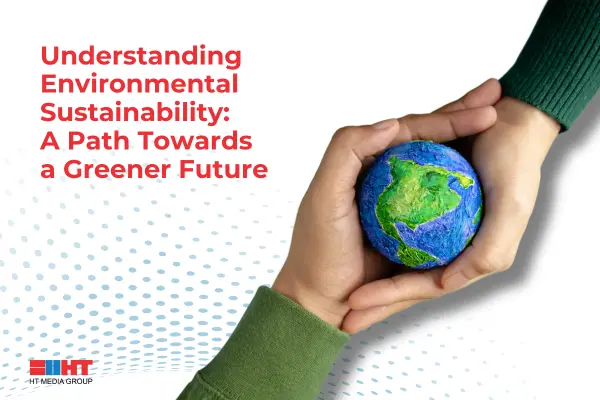

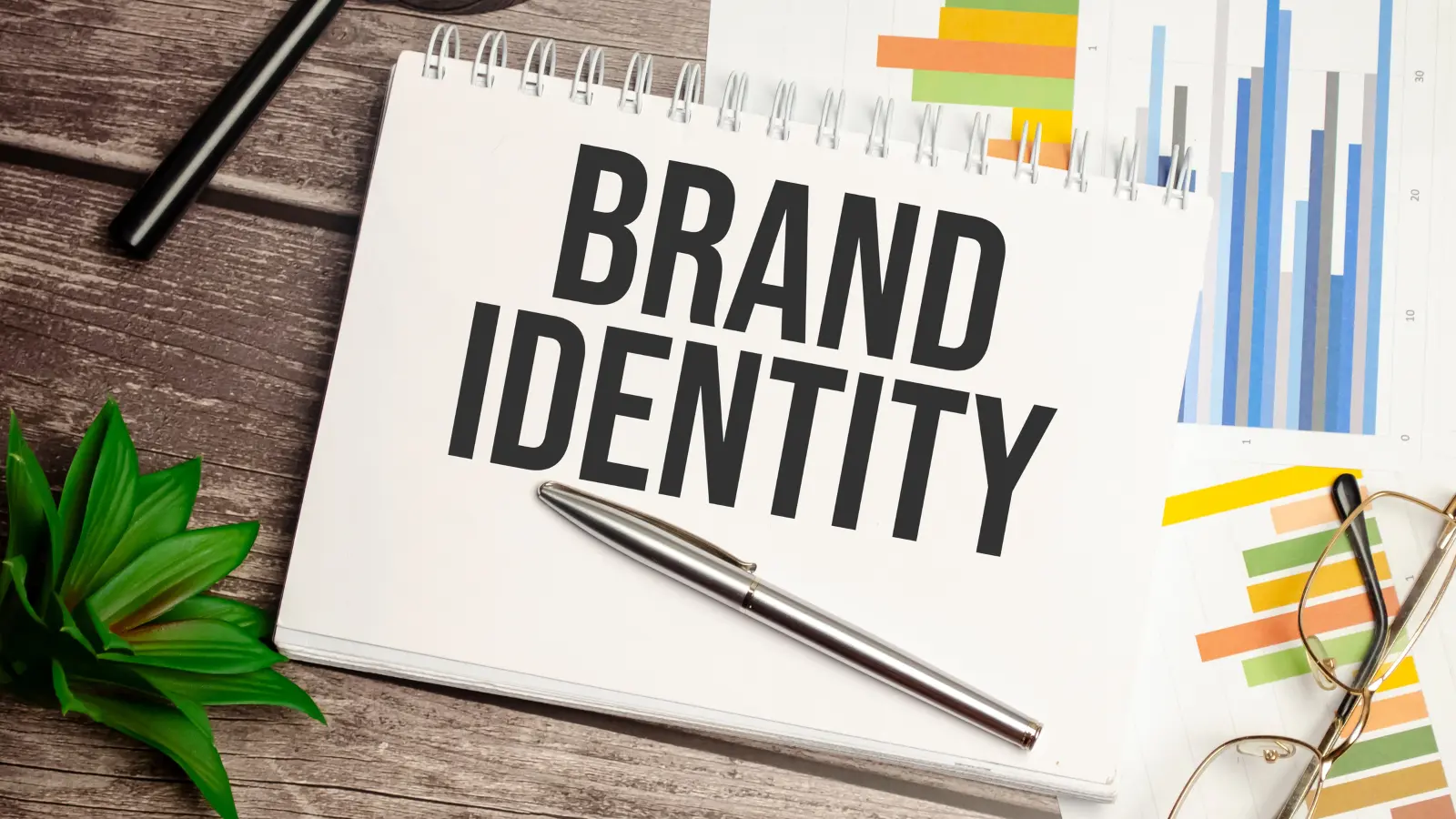

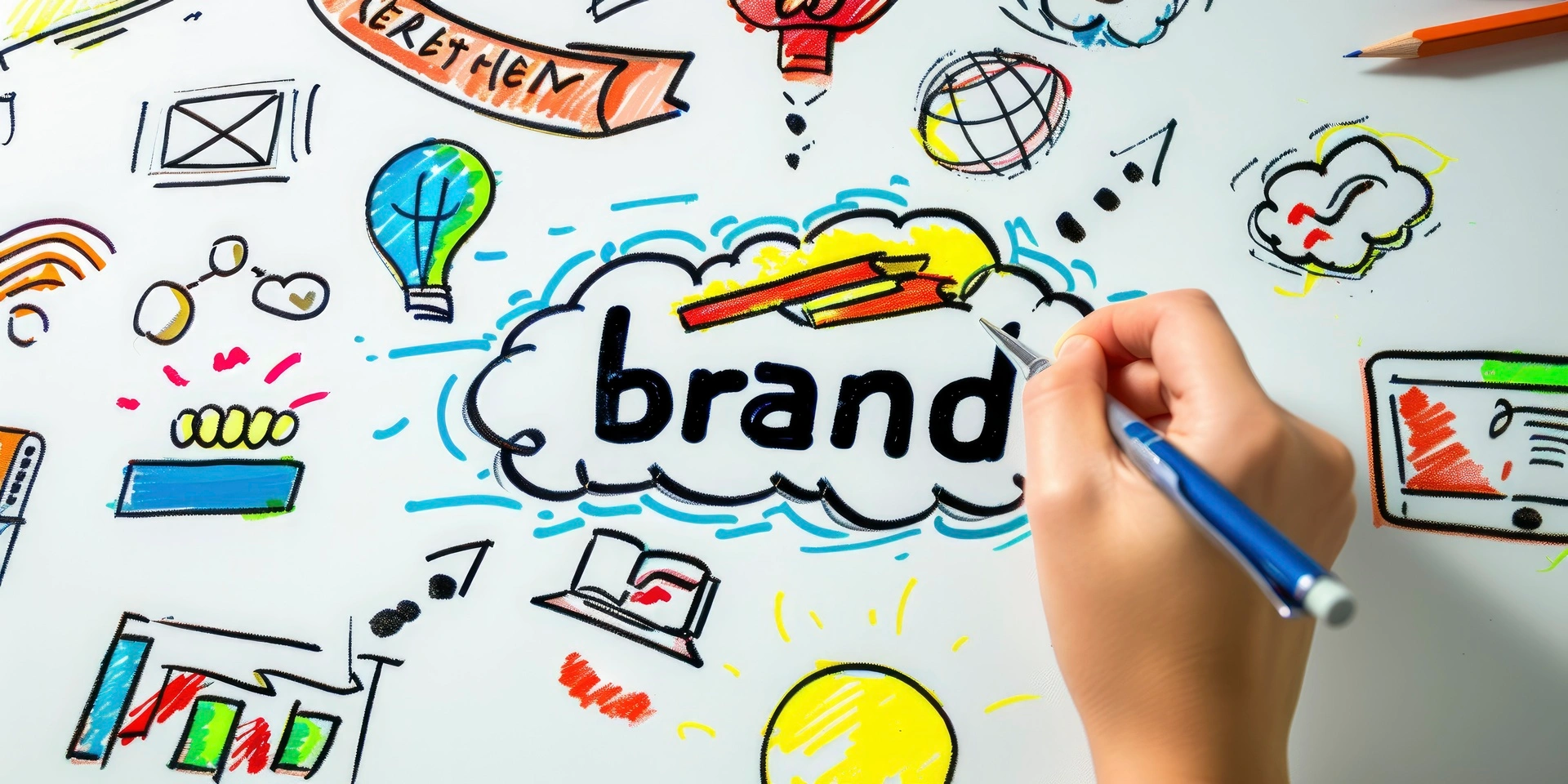

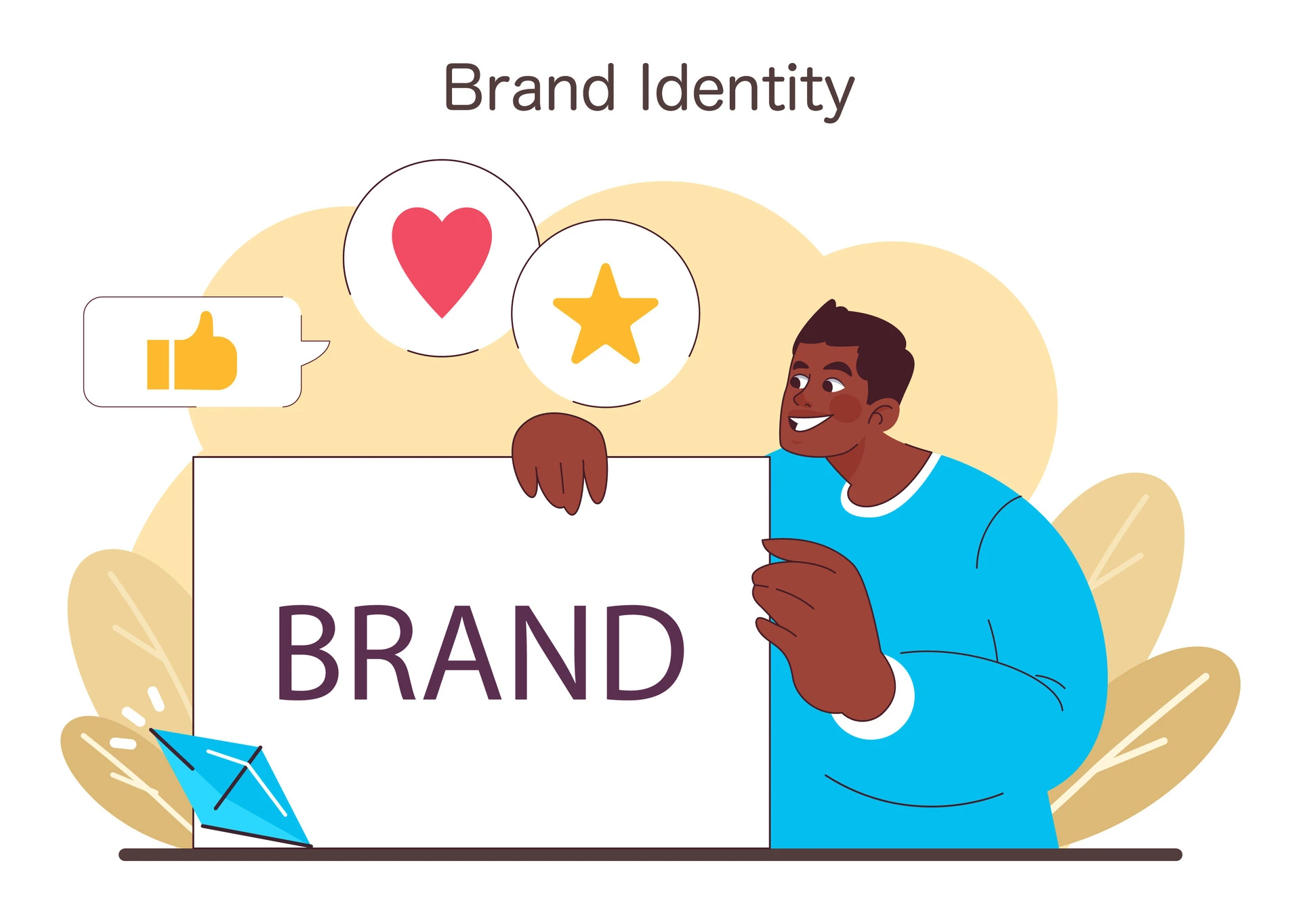

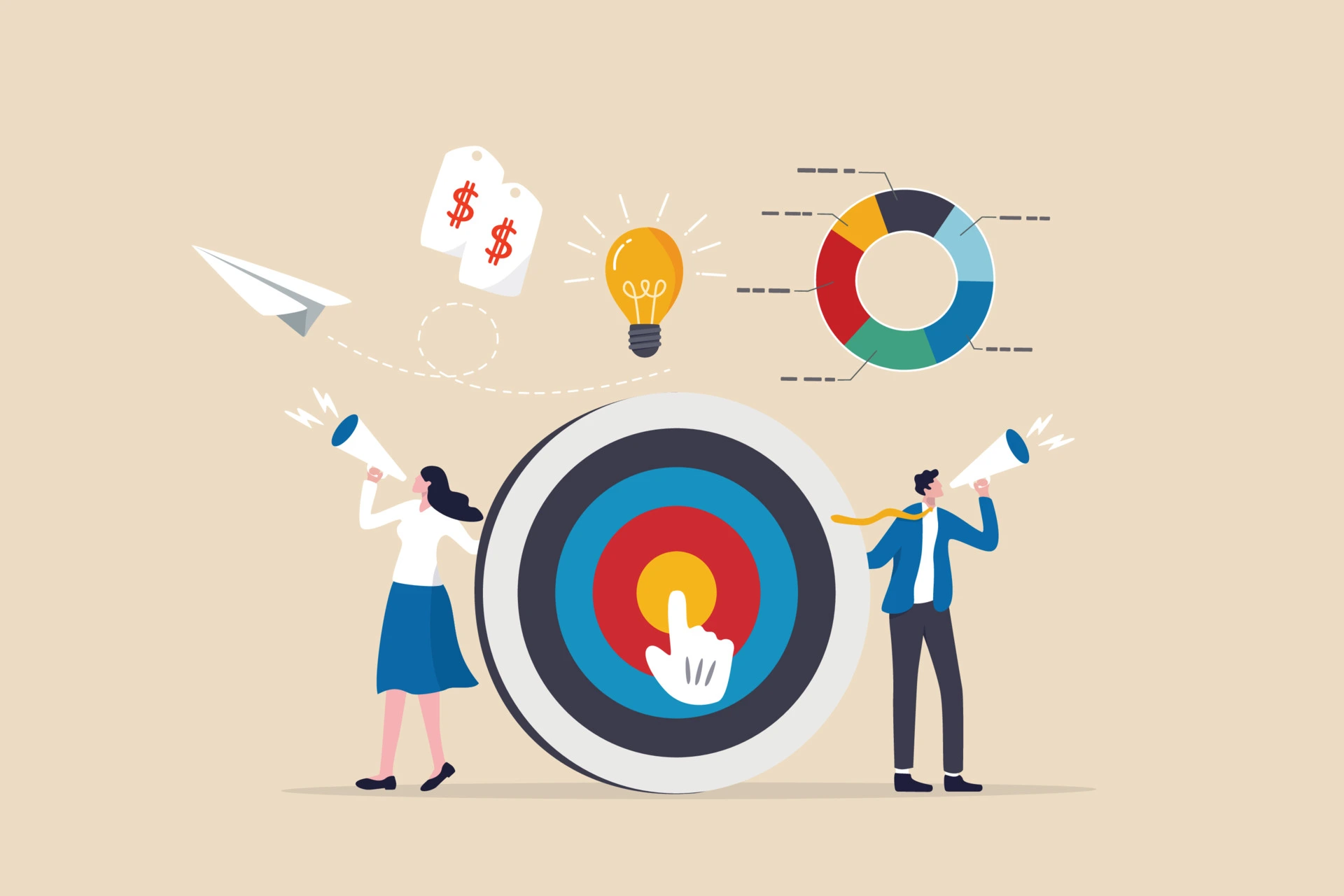
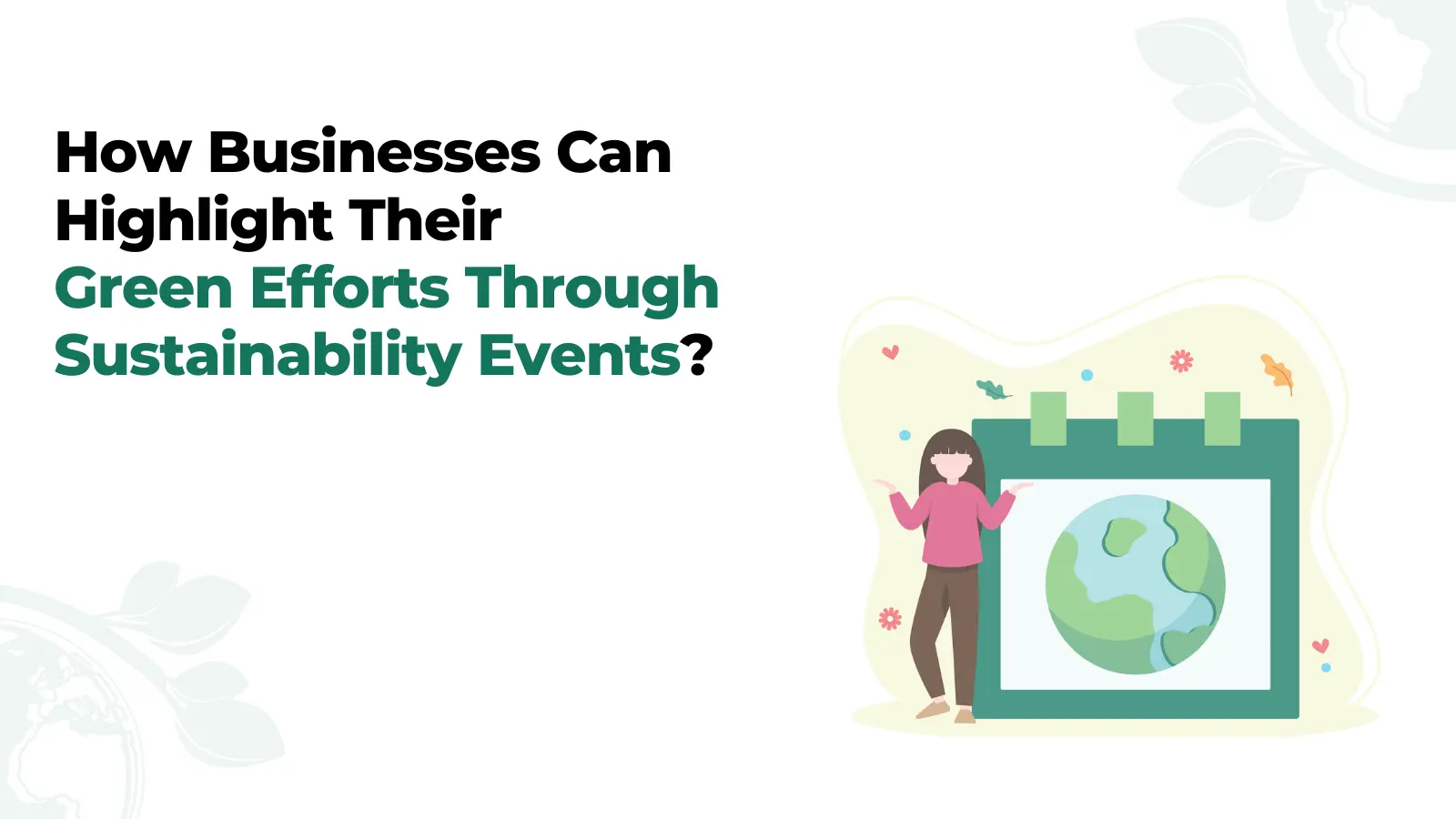

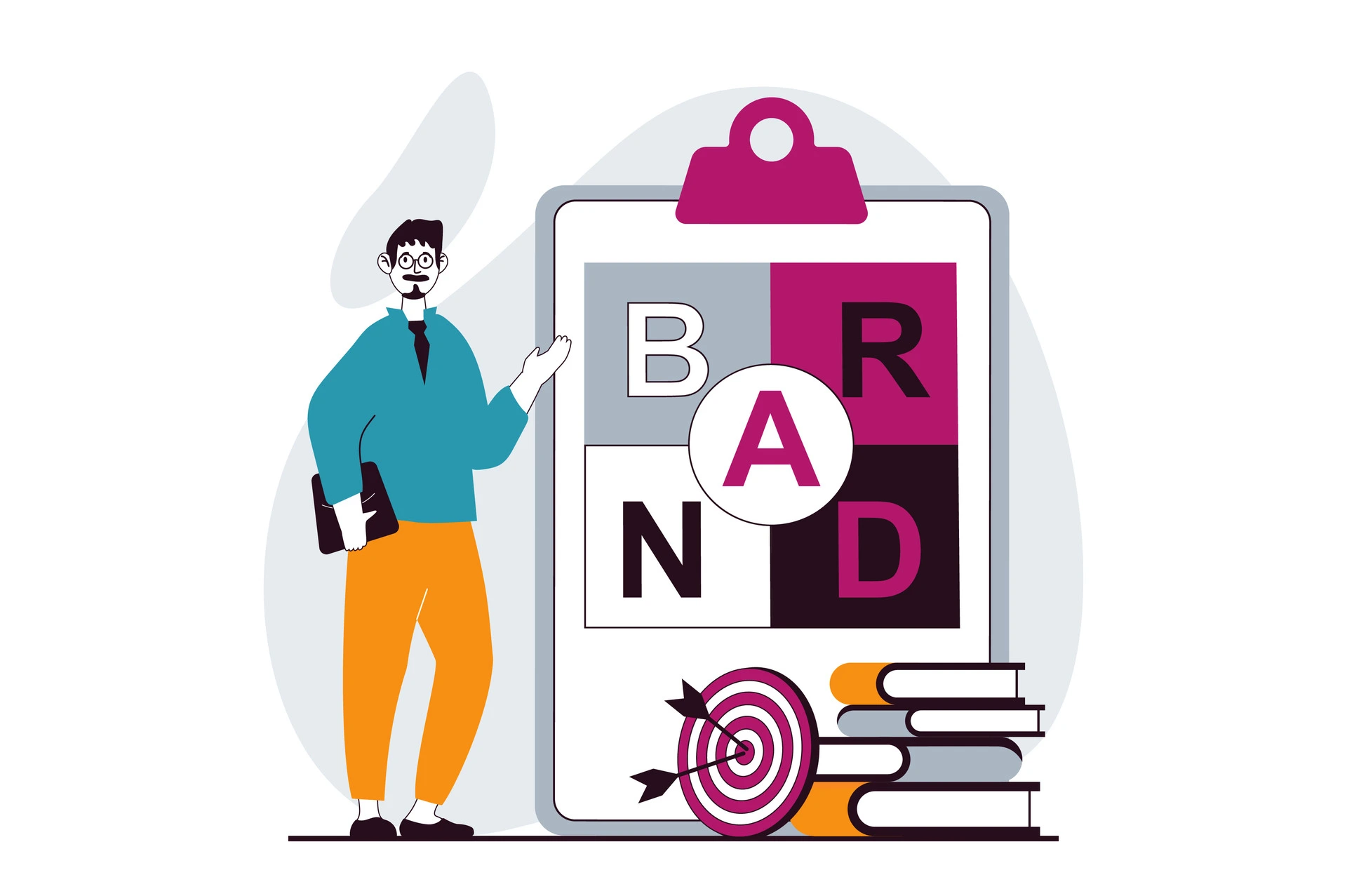



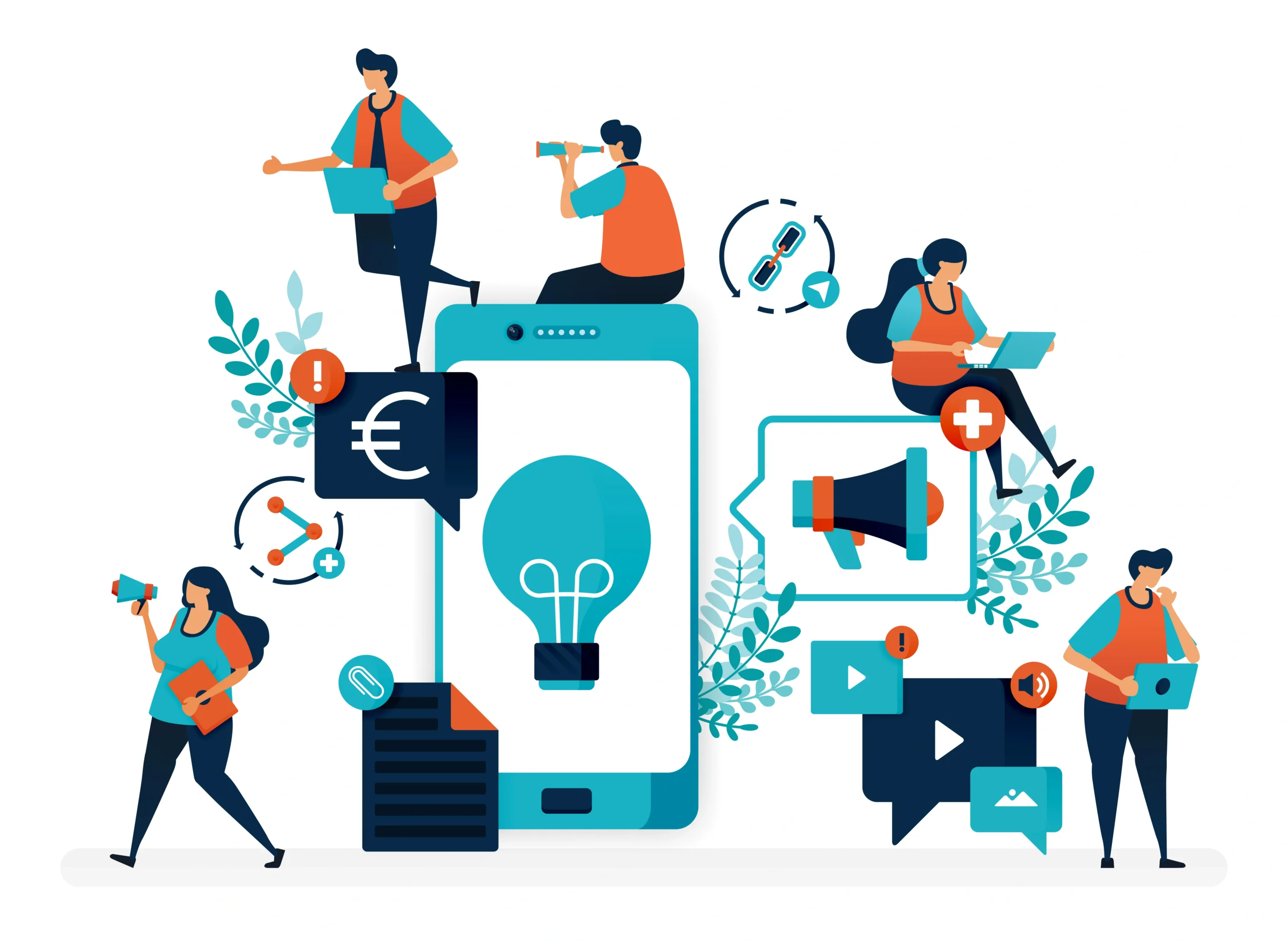

Comment